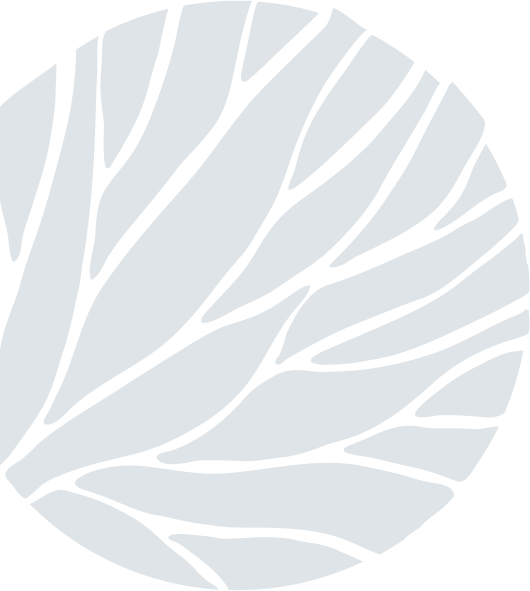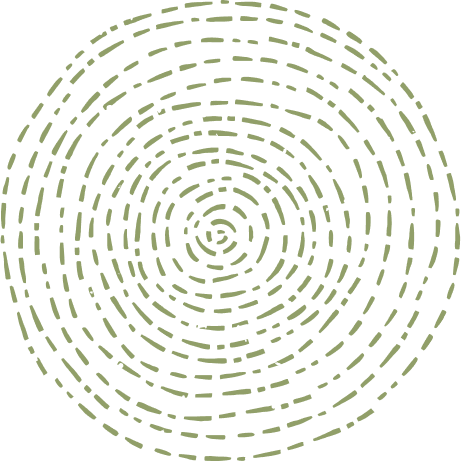Photography Guide
Browse Categories
Topics
- Overview
- Birds of Sabi Sabi
- Cats of Sabi Sabi
- African Tales
- Photographic
- Monochrome Monday
- Stefs Guide to Wine
- Ranger Sightings
- Animal Species
Wild Facts
- Overview
- Birds
Photography Guide
- Overview
- Wildlife Photography
Rangers and Guides
- Ronald Mutero




